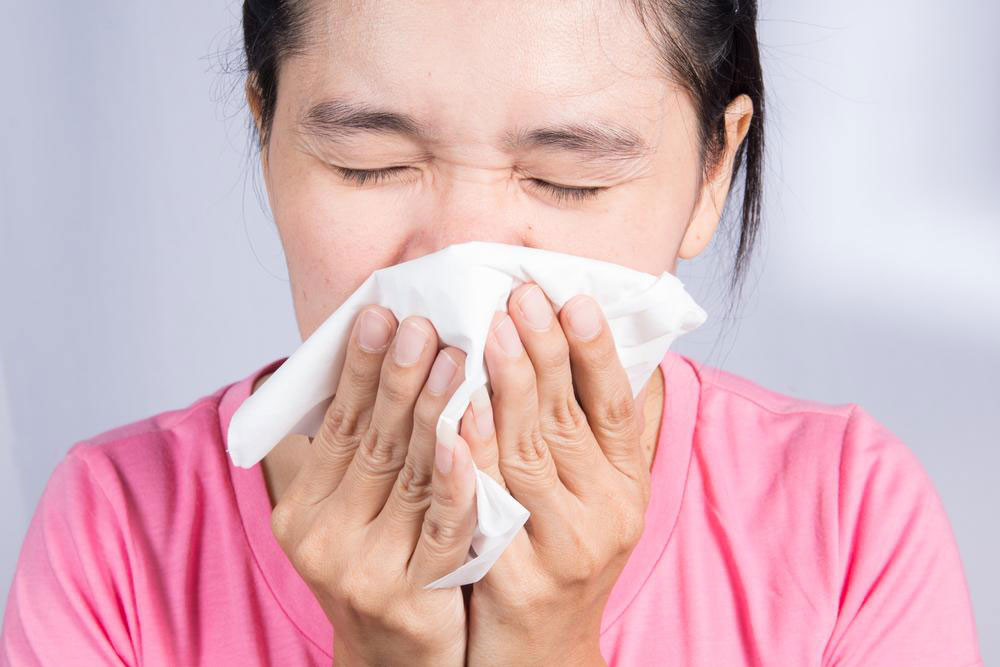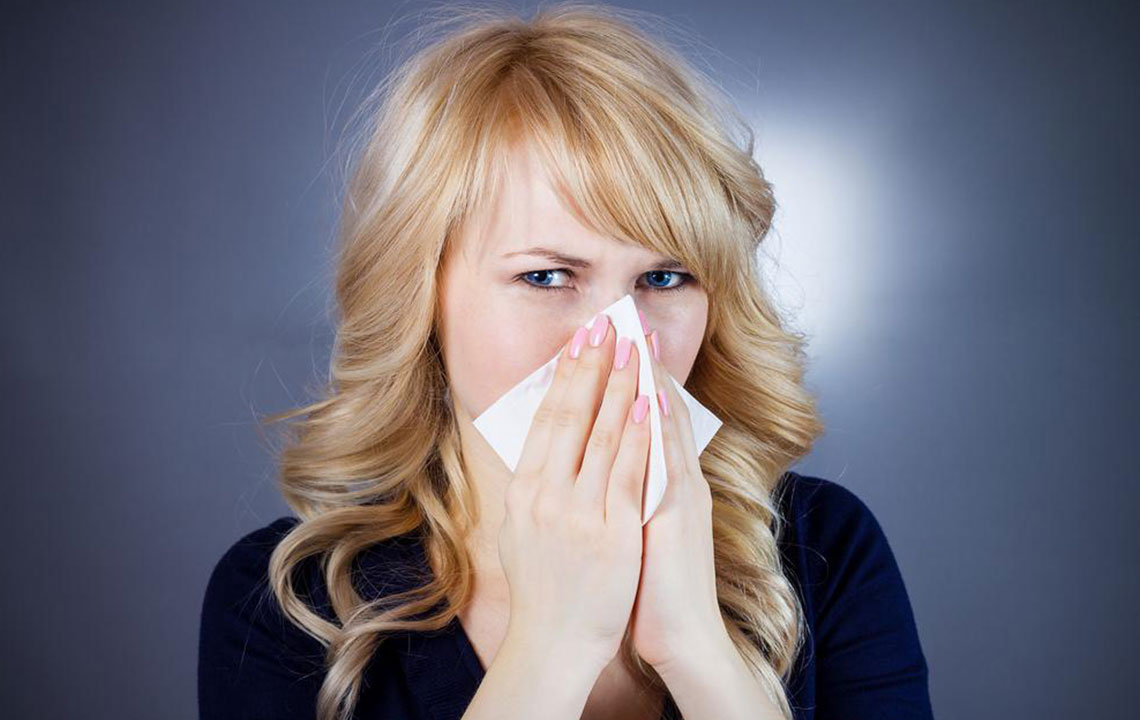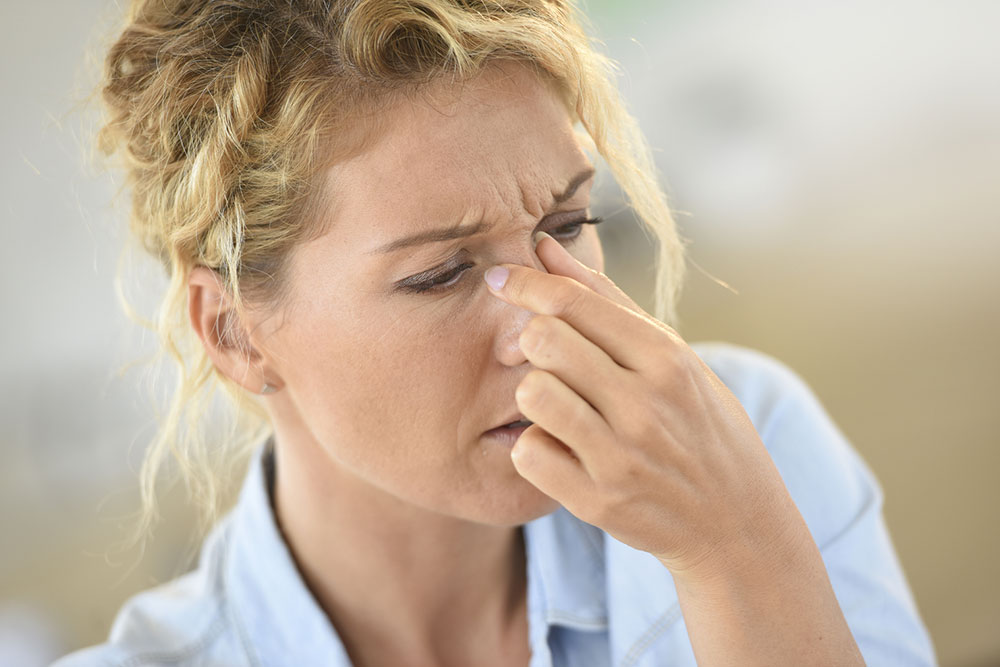Comprehensive Guide to Effectively Relieve Sinus Congestion Naturally and Medically
This comprehensive guide explores natural and medical strategies to relieve sinus congestion effectively. It covers causes, triggers, lifestyle tips, home remedies, and when to seek professional help, providing a thorough resource for lasting sinus health. Learn how humidifiers, hydration, saline sprays, and facial massage can alleviate symptoms and promote sinus drainage for improved breathing and comfort.

Comprehensive Strategies for Alleviating Sinus Congestion
Sinus congestion and sinusitis are common conditions characterized by inflammation or swelling of the sinus linings, which can significantly impact daily life. The sinuses are our body's natural air-filled cavities located around the nose, cheeks, and forehead, serving various functions including humidifying inhaled air, enhancing voice resonance, and immune defense. Normally, these cavities are filled with air. However, when they become blocked due to infection, allergies, or structural abnormalities, they fill with fluids, mucus, and bacteria, leading to sinus infections, discomfort, and other related symptoms.
Understanding the root causes of sinus congestion is crucial in managing and preventing this condition effectively. Common causes include viral infections such as colds, allergic reactions to pollen, dust, and pet dander, structural issues like nasal polyps or deviations in the nasal septum, and environmental factors like exposure to cigarette smoke, pollutants, shifting temperatures, and strong fragrances. These factors can irritate the mucous membranes, increase mucus production, and block normal sinus drainage pathways, leading to pressure buildup, pain, and difficulty breathing.
Sinus issues are classified based on their duration: acute (lasting less than four weeks), subacute (lasting four to twelve weeks), chronic (persisting over twelve weeks), or recurrent, where episodes recur frequently. The areas affected often include the cheeks, forehead, sides of the nose, and the region behind the nose. Children are especially vulnerable to sinus problems due to their developing immune systems and higher sensitivity to airborne allergens and pollutants. Growing environmental concerns have led to increased cases among children, emphasizing the need for proactive approaches to sinus health.
Managing sinus congestion requires a combination of lifestyle adjustments, natural remedies, and medical interventions. The first step is identifying and avoiding triggers such as allergens, pollutants, or irritants in the environment. Adopting preventive measures can significantly reduce the frequency and severity of sinus issues. Incorporating natural remedies can also provide symptomatic relief and promote sinus drainage without reliance solely on pharmaceuticals.
One of the most effective natural treatments is humidification. Using a humidifier or vaporizer in living spaces helps maintain optimal moisture levels, preventing nasal dryness and facilitating mucus clearance. Inhaling warm steam—either from a bowl of hot water or during a hot shower—soothes irritated mucous membranes and loosens thick mucus, easing congestion.
Hydration is vital in managing sinus congestion. Consuming plenty of water, coconut water, herbal teas, and fresh fruit juices thins mucus, promotes drainage, and reduces sinus pressure. Saline nasal sprays or rinses—containing a simple saltwater solution—are safe, affordable tools to moisturize nasal passages, flush out irritants, and alleviate irritation. Regularly cleaning the environment and using air purifiers help minimize dust, pet dander, mold spores, and airborne allergens that can exacerbate sinus problems.
Applying warm compresses on the face, especially over the cheeks and forehead, supports sinus drainage, relieves pain, and reduces inflammation. Gentle humming or vocalization encourages air movement through blocked nasal passages, providing relief from congestion. Deep breathing exercises, such as diaphragmatic breathing or alternate nostril breathing, help relax the body and widen nasal passages, alleviating pressure.
Facial massage targeting sinus pressure points—located between the eyebrows, on the sides of the nostrils, and along the cheeks—can effectively ease headache and sinus pain. Using essential oils like eucalyptus or peppermint in a diffuser or diluted onto the skin (with proper care) can further open nasal passages and provide a soothing effect.
Creating a moist environment using humidifiers prevents nasal dryness and irritation, especially during the colder months or in dry climates. Lifestyle adjustments, such as avoiding smoking and exposure to strong perfumes or chemicals, are essential to prevent worsening symptoms. Over-the-counter medications like decongestants, antihistamines, or pain relievers can offer temporary relief, but they should be used judiciously and under medical supervision to prevent rebound congestion or adverse effects.
In cases where sinus issues are persistent or severe, consulting a healthcare professional is recommended. They may suggest diagnostic tests or prescribe medications, including nasal corticosteroids or antibiotics if a bacterial infection is present. Advanced treatment options, such as minimally invasive surgical procedures, are available for structural abnormalities or persistent polyps. A multi-pronged approach combining natural remedies, lifestyle modifications, and medical treatments often yields the best results for long-term sinus health.
Overall, understanding the causes of sinus congestion and adopting a comprehensive management strategy can effectively alleviate symptoms, improve breathing, and enhance quality of life. Regularly practicing preventive measures and staying vigilant about environmental allergens can reduce the recurrence of sinus problems, making sinus health a manageable aspect of overall wellness.





